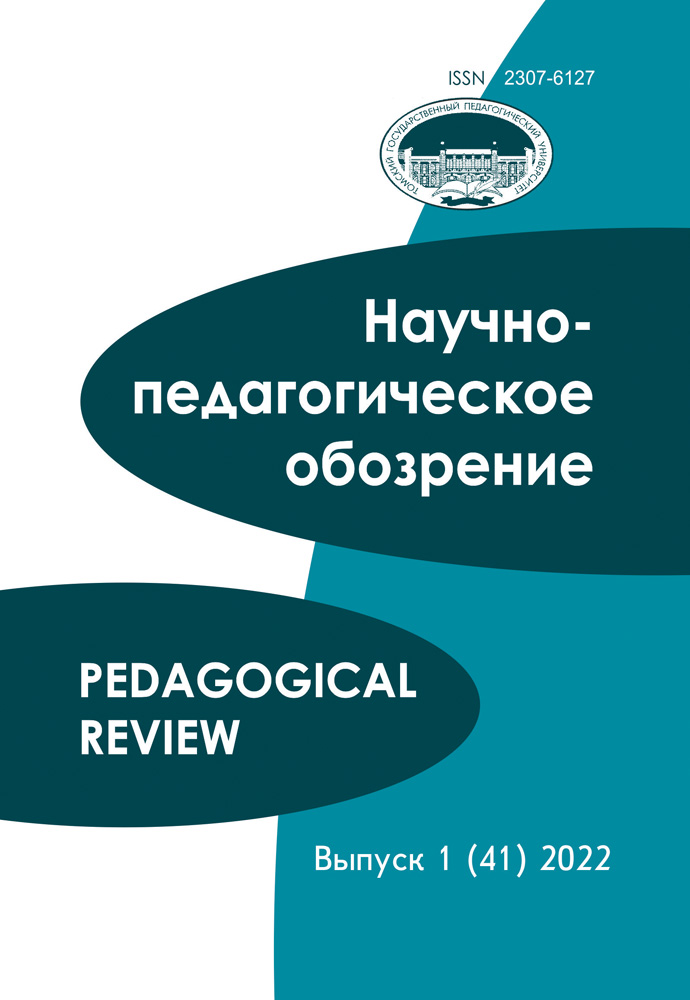Search
| # | Search | Downloads | ||||
|---|---|---|---|---|---|---|
| 1 | This paper deals with the use of the marker POSS.3G with the form -žə̑ / -žə̈ / -šə̑ / -šə̈ in Hill Mari – one of the Finno-Ugric languages. This affix not only marks prototypical possessive relations (partwhole, kinship, etc.), but also has discourse functions. The discourse meanings of POSS.3SG are bound by the semantics of SELECTION FROM A SET, which brings together the use of the same marker on the levels of referential properties, topic-focus structure and global discourse structure, sometimes involving their interaction. The contexts with the marked code-switching are in the main focus of the paper. This marking fits the notion of POSS.3SG as a contrastive marker. The speaker often uses Russian words, when they fail to select corresponding Hill Mari ones. Possessive marking is met in light of so called Observer’s Paradox or “linguistic cleaning”: the speaker is conscious that the linguist is interested in their language in particular and tends to correct the speech to the detriment of the naturalness. Such metalinguistic usage of the marker of contrastiveness serves as the evidence not only of the separation of two mental lexicons of bilingual speakers, but also of the possibility of metalinguistic operations with them in some circumstances. Keywords: discourse possessiveness, code-switching, contrastiveness, discourse marker, mental lexicon, bilingualism | 1327 | ||||
| 2 | Ossetian (< IRANIAN < INDO-EUROPEAN) has interacted with Russian for at least two centuries, and most Ossetians are Ossetic-Russian bilinguals. The influence of Russian on the development of Ossetic vocabulary is well described (in particular, the appearance in the Ossetic lexicon of Russian words without Ossetian equivalents and their subsequent adaptation, e.g., скъола 'school' from Russian школа, стъол ‘table’ from Russian стол). At the same time, the functioning of Russian words that have Ossetic equivalents also deserves attention (e.g., больницæ instead of рынчындон ‘hospital’). This paper describes Russian words of the second type in the Ossetic speech (Iron dialect) based on the corpus of texts recorded in the village of Dargavs. The total number of Russian words in the studied texts is relatively small, but they occur regularly. In our study, we first presented quantitative data on their distribution: nouns and adjectives are the most frequent, followed by adverbs and discourse markers; verbs are less frequent. Particles, interjections, and conjunctions are rarely used in Russian; there are also few cases of interclausal alternation. Second, we have discussed the structural features of Russian words in the context of Myers-Scotton and Muysken's theories of code-mixing and code-switching. We have shown that in the terminology of Myers-Scotton's Matrix Language Frame model, islands of embedded language are common in non-single-word Russian phrases; less common are mixed (Matrix Language + Embedded Language) constituents in which Russian vocabulary is embedded in the Ossetic morphosyntactic frame; at the same time, there are very few word forms with Russian morphological markers (as opposed to "unmarked" forms). In Muysken's sense, insertion is more characteristic of the Ossetic speech than alternation, and there are no reliable cases of congruent lexicalization. The nature and quantitative distribution of Russian words show that Ossetic does not seem to be a language subject to language shift. Keywords: bilingualism, code-mixing, corpus analysis, Ossetian, Russian | 818 | ||||








